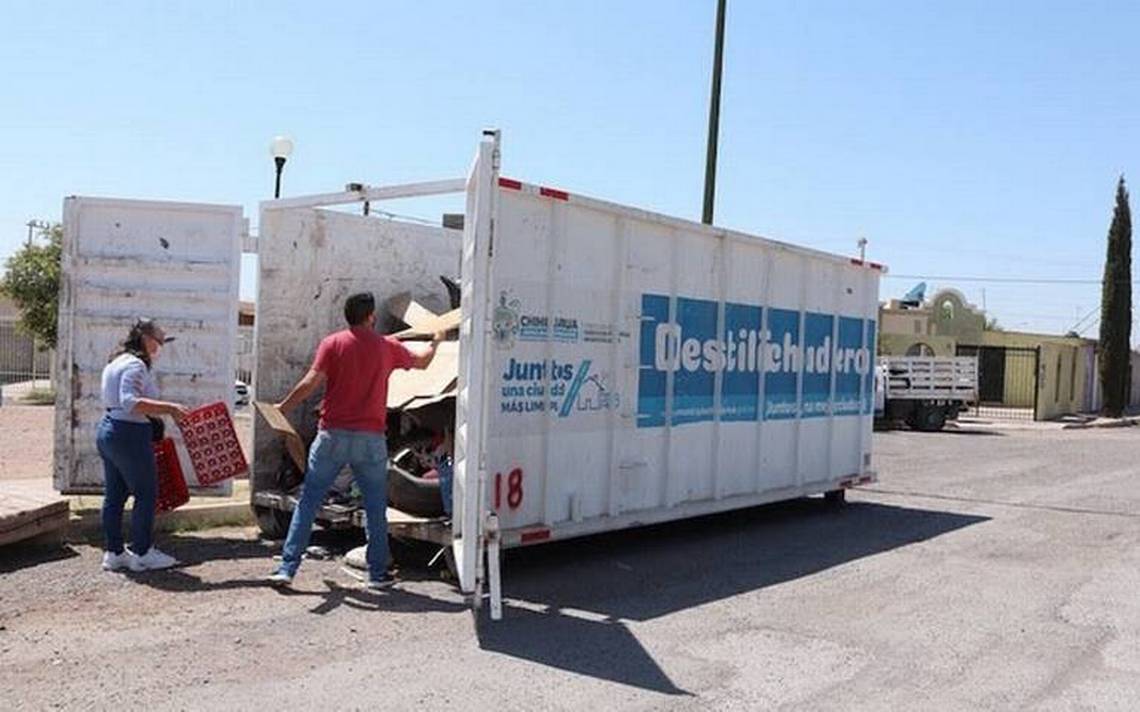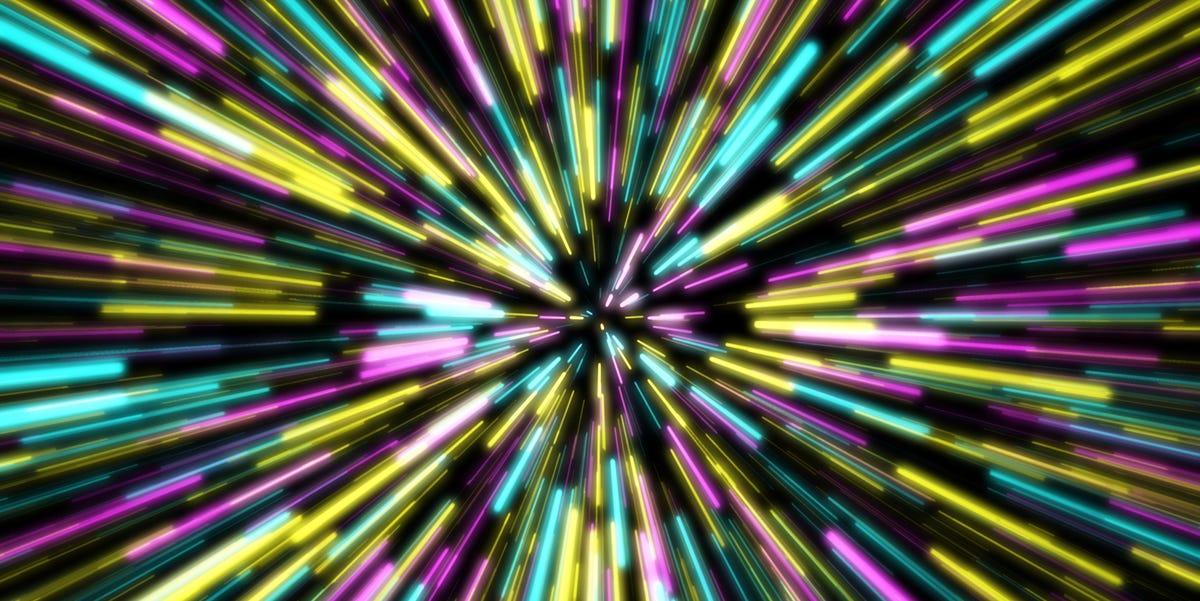release
Playgrounds can inadvertently exclude many children by not taking into consideration the way they are located and perceive their surroundings. “Neurodiversity is the diversity of minds and brains. Within this spectrum there are neurotypicals, autism, attention deficit and language disorders, dyslexia, hyperactive people…”, explains architect Diego Tosar, involved in a project that will transform John Lennon Square into Accessible space. The work will be carried out in 2024 in partnership between Municipality C and the Municipality of Montevideo (in particular through the Departments of Social Development and the Ministry of Disabilities). “The proposal,” continues the architect, “comes from the study and from the point of view of people within the autism spectrum, because on Specifically one of the conditions that puts coexistence at risk the most. “It seemed to us that from there we would cover or look at the entire collection.”
This initiative comes from Fundación en Red, which brings together families of people with autism. “I have a very good relationship with Adriana Asiaen, who is one of the directors, because we are also parents of autistic children, so we share that path a little bit,” Tosar says. “She knew how to turn my career towards that aspect, and she told me she wanted to pitch a project like this. I put it together with my studio and pitched it, but it was their idea.
The choice of location also arose from the parent group. “When we went to see it with my colleagues, before putting the project together, it was amazing for us, because it had a lot of starting conditions that helped a lot: it was a fairly quiet neighborhood environment, and wild vegetation, because it’s some very dense trees that ‘generate like a dome Green all over the square.
John Lennon Square occupies a block of rectangular dimensions, bounded by Francisco Rodrigo, Pedro Vidal, Juan Arrieta and José N Auxilia streets, in the Larrañaga neighborhood, near the Urreta Baby Fútbol and in the Canal 5 area.
The first renewal proposal was presented in the 2021 participatory budget, in municipality C, but was not selected, because that year it coincided with two projects that were the most selected among all municipalities. “So, it voted very well, but it came in third or fifth place overall. Later, after the project was liked, the municipality of Montevideo decided to do the same,” Tosar sums up.
“When we were putting together the final project, there were instances of co-design with families that included people on the autism spectrum. We held workshops at the College of Architecture, Design and Urban Planning in which we invited you to project with us. The faculty welcomed us with open arms and the family members listened to our proposal and gave their opinion, They suggested some images or situations that they thought were important to preserve.
When investigating the possibilities, they saw examples of what they didn’t want to do, such as labeling themselves as totalitarians and “simply putting a diagram next to a game that said ‘slice,'” the pro says.
Instead, this work is part of Modo Mundo, an interdisciplinary architectural design project that Tossar presented two years ago at the National Research and Innovation Agency to think about spaces from the perspective of cognitive and sensory processing: “In this framework, together with my study, we put together an investigation We reached many people with autism spectrum disorder, and asked many questions to more than 300 families about how they related to the environment, how light, colours, sounds, textures, tactility, quantity and manner in which information was given to them. We reached many conclusions that we published in a document “That was the input for this project.”
welcome everybody
Last week, a more complete concept of the plaza was shared with the neighborhood. “Now that the mayor has decided to move forward, we have prepared the executive project, which is the most technical part, and presented it to the neighbors and organizations in the area. The truth is that it was very nice because it was very well received by everyone,” says Tosar.
“We were studying how the square would work for the neighbors, which is a typical neighborhood square that has practically no structure. In fact, the neighbors told us a few days ago that it’s the same square from 60 years ago. But it’s very much used, because it’s still a nice outlet to the outdoors.” What we proposed It is a contained space, occupying a sector, a third of the square, and we left the rest free, to improve the existing conditions, so as not to lose the use that exists today,” explains Tosar.
As for the project, in addition to children’s games, “it consists of three structures, a large type of fence, an idea that arose from workshops with family members, as it seemed to them that it was important for the space to be fenced, because many children have a tendency to run away and escape, and there is the danger posed by the street.” “In addition to the stress that parents experience from not having a quiet place where their children can run, play, explore, whatever, without worrying. That is why we proposed a space with one entrance, and inside you can walk through different stations that suggest sensory situations related to the characteristics of people on the autism spectrum.”
The architect explains, “It is a square designed from the experience of these people, but it is not a square for people with autism. It’s for everyone. It is clear that children, teenagers and people with autism will find a space that suits them much better than a traditional arena, because it is designed according to their logic. “But the idea is not to create a ghetto, but to be able to live with the rest of the people in harmony.”
Inside the described fence, in addition to the green core, there will be a type of shelters called caves or nests, of different sizes and materials, from resin to metal structures with ferric board (a mixture of wood and cement), which will serve as containment spaces. “People with autism spectrum disorder approach the environment in a different way. They receive stimuli in a disorganized way, and sometimes that can create disruptive behavior. “They need examples of self-regulation,” Tosar explains about these comfort places where they can For other children to build their own universes.
At the same time that work is expected to begin, various management possibilities for the field are being studied to ensure its care.
_
The coordinator is a group that, since 2020, has brought together organizations of relatives of people with autism spectrum disorder, NGOs concerned with animal and environmental protection, and the defense of the people of Montevideo. Their goal is to work together with the goal of making the negative effects of fireworks more visible and, on the other hand, promoting legislative progress.
This year, in collaboration with the Municipality of Montevideo, they invite you to experience for a few seconds what people with autism spectrum disorder as well as animals feel. “It will be a visual and sensory activity, as there will also be several group members providing information,” they expect. Through this move, they seek to continue reporting on the impacts of fireworks on human, environmental and animal health. “We want people to feel,” he sums up.
The event will take place next Sunday, December 17th at the Night Gallery in Rodó Park from 6:00 pm to 11:00 pm.





